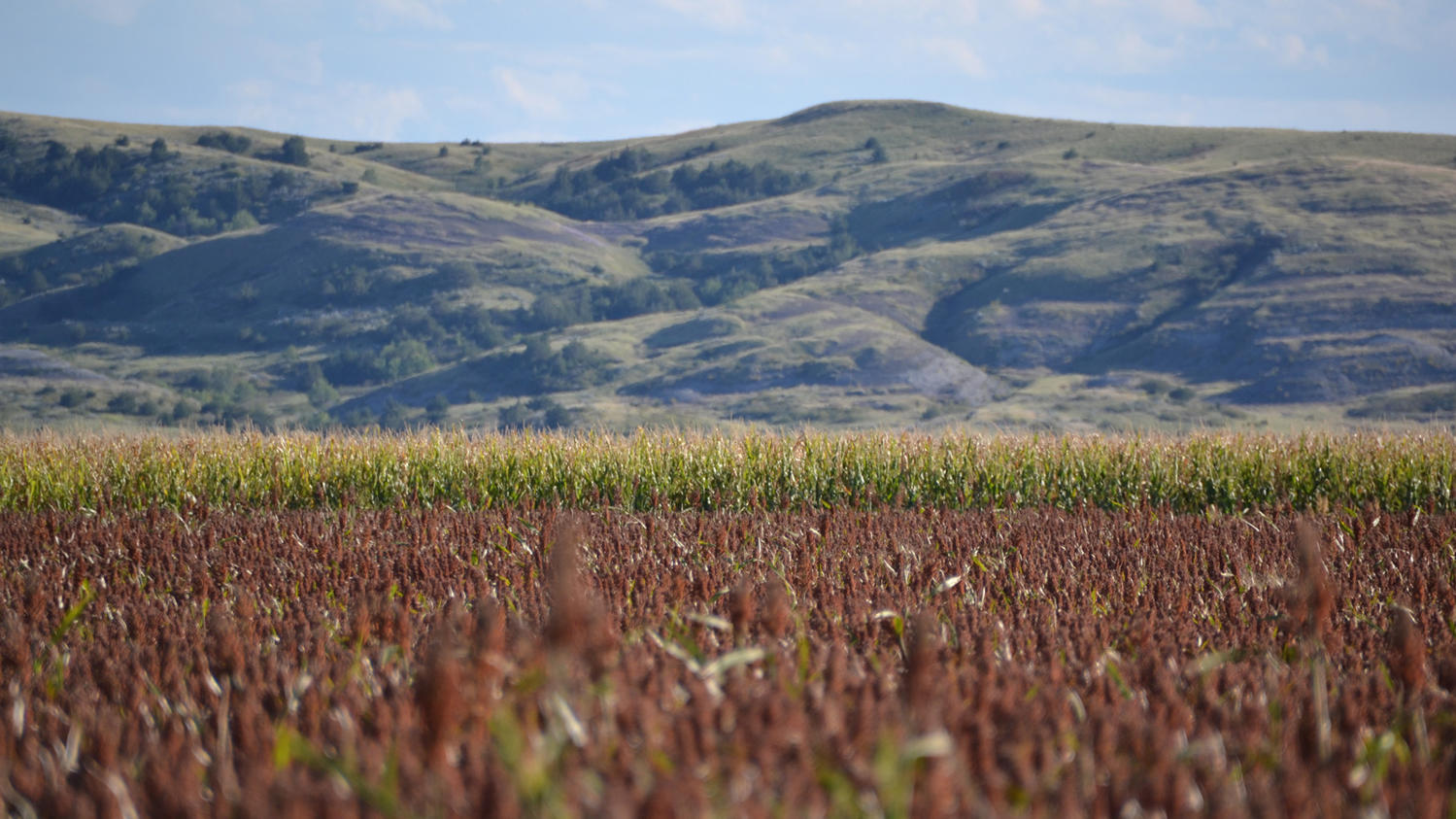Unilever: Better way to predict the environmental impacts of agricultural production

Unilever is a leading example of a multinational company advocating for sustainable business. We address our principal environmental impacts through the Unilever Sustainable Living Plan. We use Life Cycle Assessment (LCA) to assess and improve the environmental performance of our products and to inform our strategy.
Global food production alone is expected to increase 70% by 2050, heightening competition for land and water. We need to manage the demands of competing uses for these resources and their impacts on the environment. This is why our recent efforts to improve the methodology and scope of LCA have focused on spatially resolved integration of ecosystem impacts. Together with the Natural Capital Project, we have developed a new approach called Land Use Change Improved (LUCI)-LCA. This new geo-spatial approach can be used to predict the impacts of future land use change, which could be induced by increasing global demand for bio-based materials.
- No, but aligns with the Protocol’s framework
- Biodiversity & Ecosystem Services
- Climate & Air Emissions
- Water
- Product
- Project
- Quantitative
- GLOBAL
- Direct operations
- Downstream
- Upstream
- Consumer Goods
Key findings
The LUCI-LCA approach yields quantitative results for a range of ecosystem impacts, based on publicly available spatial data and open source models. For example, applying the approach to a bioplastics case-study considered plastic made from either maize grown in the US or sugarcane from Brazil. The LUCI-LCA approach produced results opposite to those of standard LCA for greenhouse gas emissions and water consumption, and of different magnitudes for soil erosion and biodiversity. For instance, while the traditional LCA found that corn would result in more water use than the sugarcane, the LUCI-LCA found that sugarcane would use more – 900% more. This confirms the importance of spatial modelling. It enables us to understand the environmental impacts of our strategic decisions related to agriculture, circular economy thinking and our zero-net deforestation commitment.
More information
https://www.unilever.com/sustainable-living/reducing-environmental-impact/natural-capital/
http://www.nature.com/articles/ncomms15065
http://www.naturalcapitalproject.org/invest/
Sarah Sim (sarah.sim@unilever.com) Sustainability Science Leader, SEAC, Unilever
